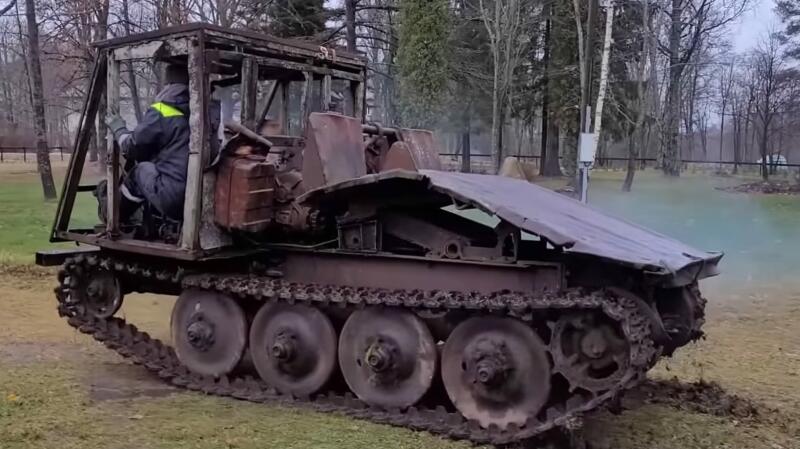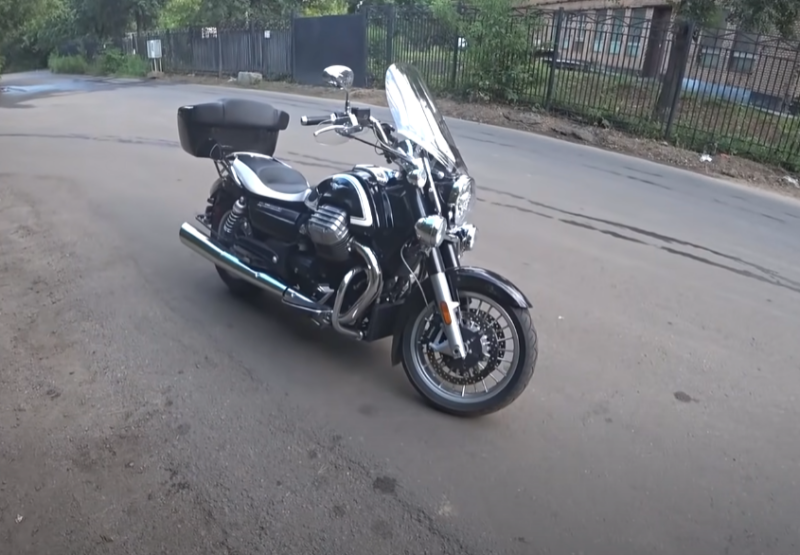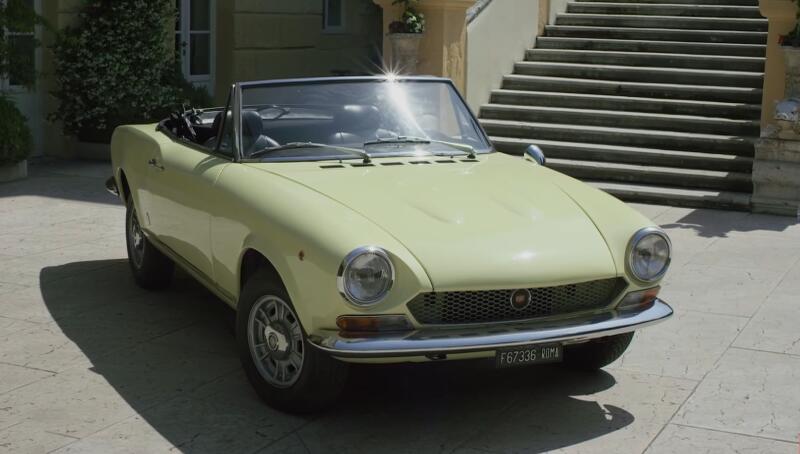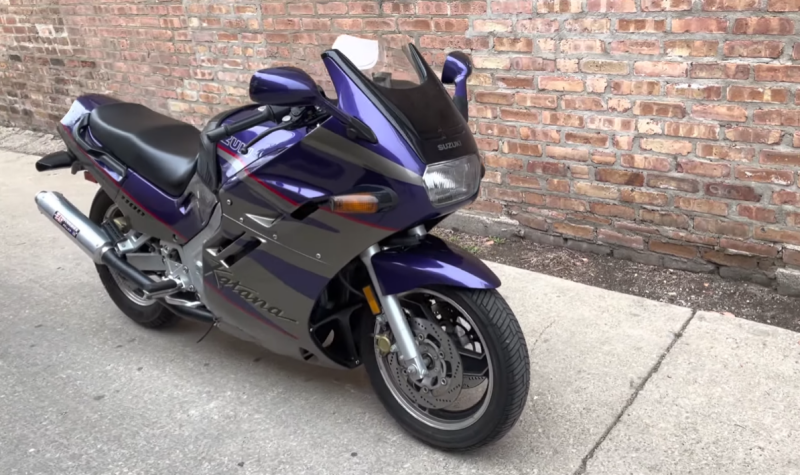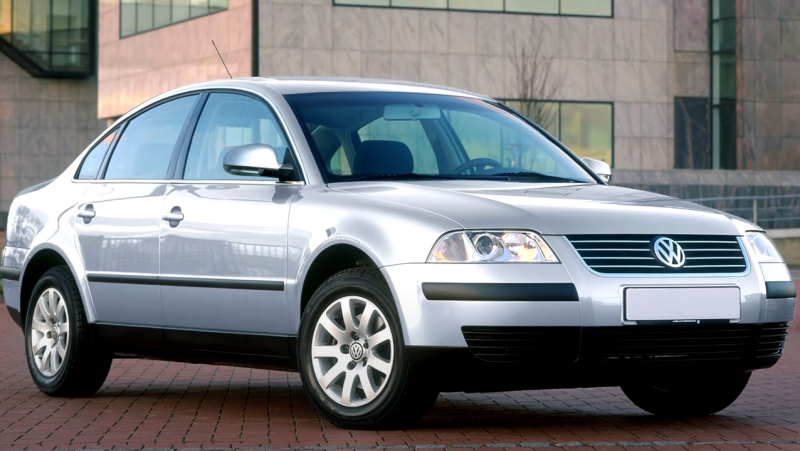In the middle of the decade, medical vehicles were developed using the chassis of the GAZ-A passenger car and the GAZ-AA truck. In parallel, the ambulance GAZ-55 was designed for use in the Red Army. For the same purpose, two models of more powerful ZIS were converted. All of the above vehicles were actively used by various medical institutions, both before the start of the war and during the Second World War.
Post-war model ambulances
During the terrible war, which claimed millions of lives and led to significant losses and destruction of the infrastructure of the European part of the country, there was no time for design development and updating existing models of automotive equipment.
But, already a few years after the return to civilian life, it became clear that the domestic auto industry, which had lagged behind by almost a decade, needed a radical modernization and replacement of obsolete models of equipment. This also applied to medical special vehicles.
Since 1947, the modification of the famous limousine, the ZIS-110A, has become the most common in the capital's ambulance station. To create this car as adapted as possible for specific conditions of use, it took the pre-war experience of the leaders of the Moscow station and close cooperation with them from representatives of the automobile plant. The result was a car with a one-piece rear door, which created additional convenience when transporting bedridden patients. They tried to create maximum ergonomics inside the cabin.
 An ambulance was created on the basis of a luxury limousine. Photo: youtube.com
An ambulance was created on the basis of a luxury limousine. Photo: youtube.comThe luxurious car had excellent driving performance, thanks to a powerful, 140-horsepower engine, it reached speeds of up to 140 km / h. But, at the same time, it had a huge fuel consumption - more than 27 l / 100 km of track. It was clear to everyone that such a model could not become mass. It was necessary to create something much simpler, but no less reliable.
It seems that the GAZ-12B, which was designed in the early 50s on the basis of a large ZIM class sedan, met these criteria best of all. One of the features of the cabin was a glass partition separating the driver and the cabin for transporting the patient. I think many could see her in old Soviet films. Also, the main cabin was equipped with retractable stretchers and seats, folding like army trucks.
There was a less powerful 95-horsepower engine, a lower speed - 120 km / h, however, there was also a considerable plus. Fuel consumption was also one and a half times less than that of the ZIS-110A - 18,5 l / 100 km. In general, in order to ride in a comfortable car in the post-war USSR, it was not necessary to become a party boss, it was enough just to be in the role of a seriously ill person. However, in this state, hardly anyone could appreciate the advantage of a comfortable ride.
 GAZ-12B based on ZIM is another ambulance of the 50s. Photo: youtube.com
GAZ-12B based on ZIM is another ambulance of the 50s. Photo: youtube.comAnother version of the car with a red cross on the body was a modification of the legendary Pobeda GAZ-M20. Its dimensions did not allow full use for the transportation of bedridden patients, so the designers had to dodge. It all ended with the folding stretcher placed slightly diagonally. To put them down, it was enough to fold down the left side of the rear seat. This solution turned out to be so optimal that it is used in special vehicles of this type to this day.
One of the popular truck models of the 50s was the GAZ-51. It was on its basis that the PAZ-653 was created, which in the next decade appeared in the epoch-making comedy "Prisoner of the Caucasus". This ambulance is well known to the living witnesses of those times because it became the first car that went out to the people. PAZ-653, made on the basis of a truck, was not a sophisticated model. But it had high cross-country ability, durability and maintainability. Therefore, he became the discoverer of the provincial ambulance stations, where he stayed for many years.
 At the sight of this car, famous Soviet films immediately come to mind. Photo: youtube.com
At the sight of this car, famous Soviet films immediately come to mind. Photo: youtube.comAn interesting fact is that very often luxury cars went through several stages of use. After the party elite considered the car to have served its resource, it (often in non-specialized workshops) was hastily converted into an ambulance. But when it was no longer suitable for such use, the reverse process took place and, once a shiny limousine, was sold to an ordinary buyer. I think you understand that a real hunt was organized for such a deficit, and the buyer could only conditionally be considered an ordinary one.
The legendary ambulances of the Brezhnev era
In times that today are commonly called stagnant, there were several Volga models with a station wagon used as an ambulance. Often they were sent to small villages for outpatient clinics or as additional special vehicles. But the “kings of help” of those years were destined to become UAZ and RAF.
For example, the first model from the Latvian company RAF-977 was mistaken by many for ErAZ, because the latter was a copy of the Baltic car. Therefore, it was RAF-977 that acted as the first ambulance of the Brezhnev era. He, in fact, introduced the fashion for what a special vehicle of this type should be. After him, the "eternal model" UAZ - "loaf" took over the combat post. The new RAF-2915 completed the Soviet era of ambulance. Well, now let's talk about them a little more.
 Ambulance UAZ "loaf" - a long-liver of the medical service. Photo: youtube.com
Ambulance UAZ "loaf" - a long-liver of the medical service. Photo: youtube.comBut, first, let's still mention special vehicles for the 4th Directorate, that is, the party elite of the country. I think everyone understands that an ordinary "loaf" or even a serial "Volga" could not be used in this capacity. As in the case of ordinary trips by members of the government and those close to them, luxury cars were used for medical purposes for the Soviet elite. These were all the same "Seagulls" and ZIL, converted into medical special vehicles.
I take into account the fact that most of the country's high-ranking leaders were not distinguished by either young age or good health, since the 80s it has become commonplace to produce single reanimobiles based on Yunost executive minibuses. Everyone understood that it was extremely necessary, so they perceived it as another element of the era of stagnation.
The evolution of medical transport at the end of the USSR
The medical service of the country of the 60s lived under the banner of the old RAF model. Several useful improvements were applied on it at once:
✅ flashing "beacons" of red color
✅ feedback from the station operator
✅ upgraded units from GAZ-21
The service met the next decade with a renewed fleet. At first it was the UAZ-450A, which later went through several upgrades. But this car looked too simple and rude for the refined perception of the inhabitants of big cities, especially since citizens of foreign countries began to appear there more and more often. And it was not at all good to lose face in front of them. Therefore, the "loaves" went to provincial cities or towns, and for the megacities they tried to create something more decent.
 It is impossible to imagine the medical service of the 80s without this car. Photo: youtube.com
It is impossible to imagine the medical service of the 80s without this car. Photo: youtube.comThe end of the 70s was marked by the appearance of just such a model. It was a RAF-2915, capable of accelerating to 120 km/h. The car, famous for its smooth running and excellent maneuverability on narrow city streets, became an excellent "swan song" for Soviet medical equipment. These ambulances were used until the last days of the Union and in Russia in the 90s. “Rafik” was loved by almost all drivers of that time, and even now they remember it with warmth. However, in the deep provinces you can still meet these hard workers, as a reminder of a bygone era.

